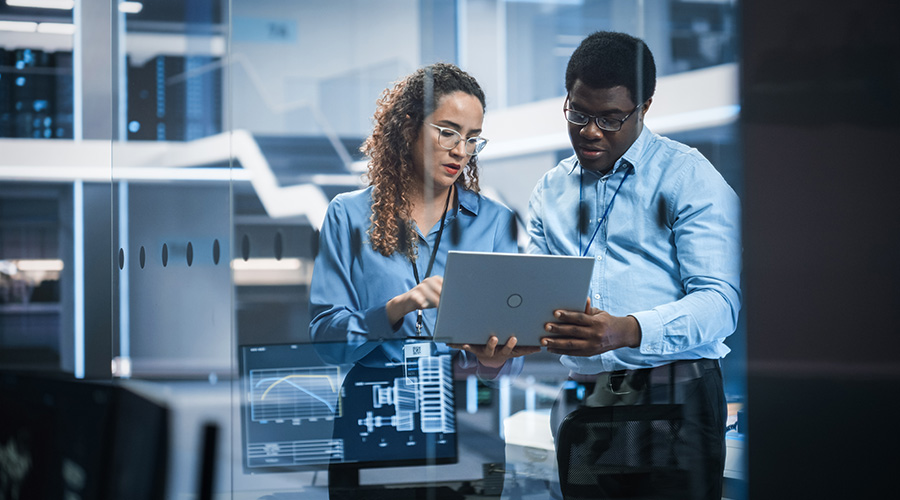Building Envelope Inspection Strategies Help Prevent Costly Repairs
Inspection strategies differ depending on whether the purpose is to conduct routine maintenance or to determine whether water leaks are suspected or have been discovered. Developing effective strategies requires managers to consider the leak's behavior.
Water that infiltrates at interfaces can travel laterally and vertically from the source. Leaks might not always have an obvious source at the exterior, and infiltration might not always become evident at the interior until damage or deterioration has advanced within the cladding assembly to a point the distress becomes visible.
Managers need to develop a proactive strategy — for those instances in which no problem exists or is not readily observed.
Being proactive about ensuring sealant joints — especially those from past repairs — remain in good condition helps maximize the useful life of the building envelope. The approach also will minimize the potential for water infiltration. Proactive inspections should include taking a representative sampling of building sealant joints and interfaces so a person knowledgeable in building-envelope performance can conduct a visual and tactile inspection of joints, interfaces, and cladding materials.
The inspector also should review building-construction drawings, shop drawings, and specifications to better understand the way the cladding systems and interfaces are supposed to work. The representative sampling can expand to include more information about a particular condition. A manager also can develop a maintenance plan to maximize maintenance budgets and minimize the need for large repair costs.
When technicians suspect water leaks are concealed, infrared thermography can help identify thermal anomalies that might result from water intrusion within a system or at interfaces. The operator of the infrared unit must be careful to verify environmental conditions and constraints and to calibrate a thermal scan by using other instrumentation and disassembly to verify the resulting thermal image.
Related Topics:













